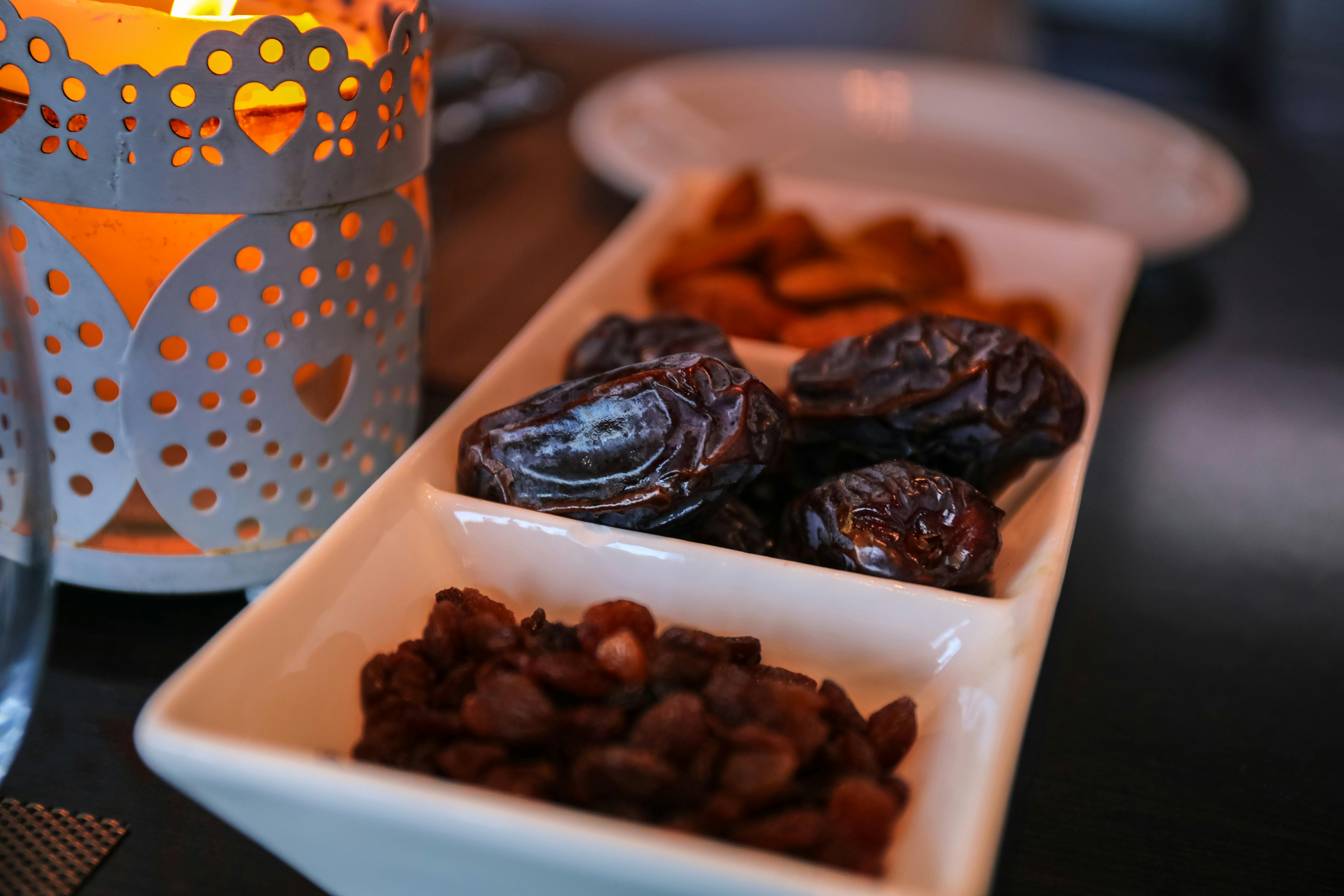SonalTypically replies within 1 hour

How to Store Dry Fruits for Longer Freshness


Dry fruits are packed with nutrients, but they can easily lose their flavor, texture, and even develop mold if not stored properly — especially in warm or humid climates. Here’s how to keep them fresh for months:
Best Practices for Storage
- Use Airtight Containers: Prevents oxidation and pests. Glass jars with rubber seals or BPA-free plastic containers are best.
- Store in a Cool, Dark, and Dry Place: Heat and light degrade quality. Keep away from stoves, ovens, or windows.
- Refrigeration or Freezing: Great for long-term storage. Nuts like almonds and walnuts last up to 1.5 years in the freezer.
- Use Moisture Absorbers: Add bay leaves or silica gel packs to containers. Even a pouch of rock salt helps.
- Inspect & Rotate Regularly: Look for bad smells, stickiness, bugs, or webbing. Discard if anything feels off.
Top 5 Dry Fruits to Eat in Summer
- Almonds: Soaked almonds reduce heat and are easy to digest. Great for skin and brain health.
- Figs: Aid digestion, improve hydration, and help detox. Soak 1–2 figs overnight.
- Raisins: Help prevent acidity, hydrate the body, and energize naturally.
- Dates: Soaked dates offer minerals and cooling energy. Ideal for shakes and smoothies.
- Pistachios: Light, protein-rich, and heart-healthy. Perfect for daily snacking.
Pro Tips for Summer
- Soak dry fruits to boost nutrient absorption and reduce heat.
- Avoid excessive roasting during summer; it increases internal body heat.
- Limit intake to 20–30g a day for maximum benefit without overheating.
- Soak dry fruits to boost nutrient absorption and reduce heat.
- Avoid excessive roasting during summer; it increases internal body heat.
- Limit intake to 20–30g a day for maximum benefit without overheating.
© GOYAL DRY FRUITS . All Rights Reserved.




